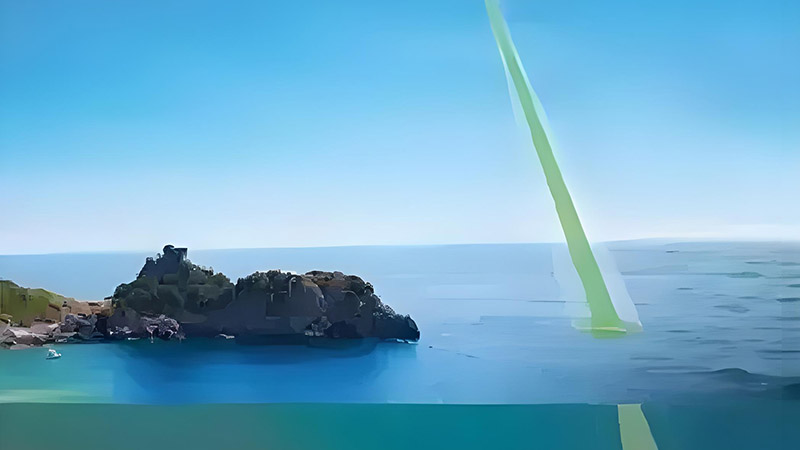Introduction
Maritime safety has always been a critical concern, especially in challenging environments such as busy ports, narrow straits, and ice-covered waters. Traditional methods for navigation and obstacle detection often fall short in providing the level of detail and real-time data required for safe operations. This is where shipborne LiDAR (Light Detection and Ranging) technology steps in, offering a revolutionary approach to enhancing maritime safety.

The Role of LiDAR in Navigation
LiDAR systems emit laser pulses and measure the time it takes for the pulses to return after hitting an object. This data is used to create high-resolution 3D maps of the surrounding environment. When installed on ships, LiDAR can detect obstacles such as floating debris, icebergs, or other vessels, providing real-time data that can be integrated with a ship’s navigation systems. This capability is particularly beneficial in low-visibility conditions, where traditional radar and visual observation may not be sufficient.
Case Study: Arctic Navigation
In the Arctic, where ice conditions can change rapidly, shipborne LiDAR has proven invaluable. For example, vessels operating in these waters have used LiDAR to map ice floes and bergs, allowing them to navigate safely through the treacherous environment. The high-resolution data enables crews to make informed decisions, avoiding collisions and reducing the risk of accidents.
Conclusion
As maritime operations continue to expand into more challenging environments, the need for advanced safety technologies becomes increasingly important. Shipborne LiDAR provides a level of detail and accuracy that surpasses traditional methods, making it a critical tool for enhancing maritime safety in the 21st century.


